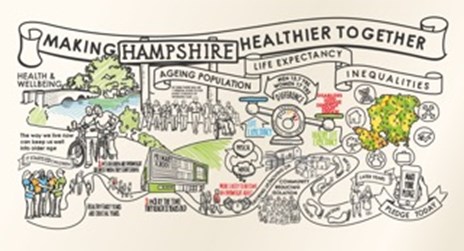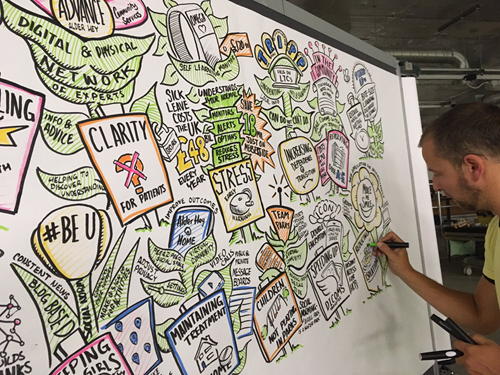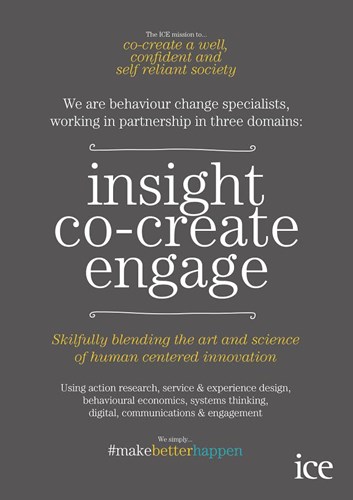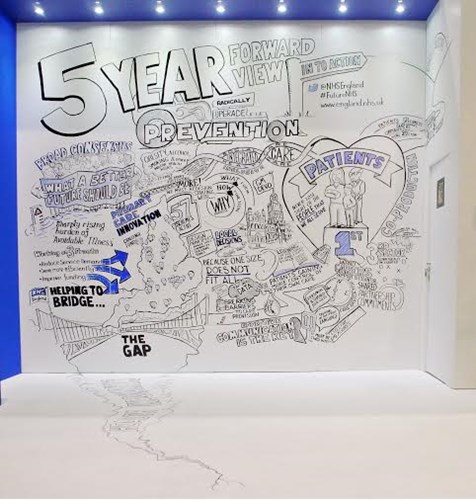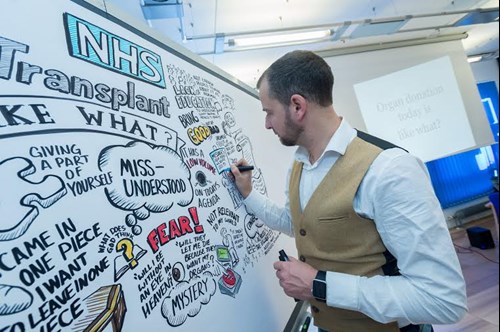Social media provides you with the opportunity to reach the vast majority of the population and it is a quick, easy and expedient platform to communicate through. For public sector organisations, social media can help you to promote your services, share best practice and positively influence your organisation’s reputation and brand perception.
A quick glance at user numbers demonstrates how widespread digital consumption and use of social media is in the UK:
- 88% of all adults use the internet
- 99% of adults aged 16 to 24 use the internet
- The largest increases in the number of internet users are women aged 75 and over (169.0%), women aged 65 to 74 (80.7%) and men aged 75 and over (80.3%)
- There are over 38,000,000 active social media users
- 73% of internet users – which is 63% of all adults - have a social media profile, with 9 in 10 having a Facebook page
- 65% of those with a social media profile say they visit social media sites more than once a day, and they mostly use a smartphone to do this.
I recall one public sector organisation realising this. Every Thursday, they would unleash a week’s worth of press releases and news articles through their social media channels. However, they viewed social media as a broadcast medium and didn’t respond to their followers when they commented and didn’t engage in the wider conversations. As a result, their number of followers declined rapidly. As an organisation, they concluded that social media wasn’t realising any benefit or return for them. By failing to understand that they needed to engage in conversations with their audience and be relevant to the conversation, this organisation severely limited the impact of their social media’s potential to increase engagement and rapport.
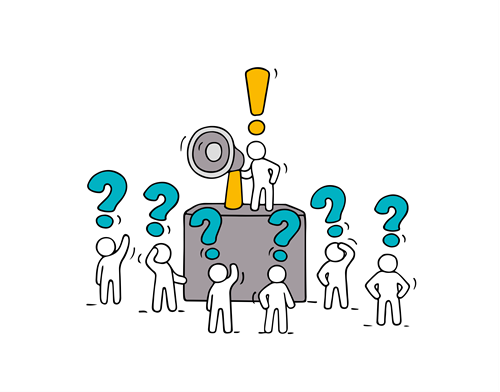
Imagine you are attending a social function where you don’t really know anyone - how would you engage with the other attendees? I doubt that you would march to the middle of the room, stand on a soapbox, pull out a megaphone and start talking about whatever was on your mind at that moment. Rather, you’d probably circulate for a while, listen to what different groups were talking about and introduce yourself into the conversation that you were most comfortable with or to the people you have most in common with.
So where do you start? Well, first of all, you need to have a clear vision of what you want to get from social media - what are you using it for and how will it fit into your wider communications and engagement programme? You also have to be prepared to accept that social media is not effective as a broadcast channel. It is an extremely effective way to engage people in two-way and often multi-way conversations.
You also need to generate exciting, informative and meaningful content that is relevant to the people (and organisations) you are trying to engage with. Knowing how to do this and where to find the source or inspiration for your content might be seen as a challenge. However, you may be surprised to learn where you’ll find inspiring and unique content for your social channels – I’ve found some of the greatest stories coming from conversations I’ve had in corridors, in the canteen, or by the kettle. Not every story you tell needs to be war and peace!
Here are some ideas to help you get started:
- Brand awareness, reputation and management – by creating unique content, not only do you improve your SEO, but you can tailor your ‘voice’ and create, manage and maintain your identity. The key is to not be too self-promotional. Talk about the wider industry as whole, and about what good work you see other people doing
- Community building - you have to be systematic about this. Decide how often you want to engage with your community and then stick to it, schedule your tweets and posts using a solution like Hootsuite or Buffer and make sure your followers get your content when they’re online. We like this optimal scheduling tool from Buffer https://buffer.com/optimal-scheduling/calculate
- Influencer outreach – I don’t think this is talked about enough in the public sector, even though influencers can be extremely engaging. Take a look at how Dr Andy Knox is using it to offer really sound advice and, by doing so, potentially freeing up GP appointments https://youtu.be/-asyBAgP688
- Engagement and involvement – I’ve saved this ‘til last for a good reason. Most of us believe that this is the main use for social - to engage - and I think we should be smarter about this. The best engagement and involvement comes from doing the three points above well. It’s no longer enough to just use your social platforms to push out information as I mentioned earlier.
We’ve followed our own advice and put it to great effect - last year we won a CIPR PRide gold award for our work. We’d like to share what, how and, most importantly, why we use social media to engage and influence behaviour with you. If you want to know more about building a social strategy or want to come to one of our social and digital workshops, please get in touch with me and join us for our coffee and cake morning with our digital behaviour change experts.
0151 647 4700
 collective voice
collective voice
